10 Animal Senses We Wish We Had
Animals, Lists, Nature, Other, Science, WeirdHuman beings use every single one of their senses in order to understand the world around us. Our sight, hearing, smell, taste and touch are some of the most important aspects of being alive, as it allows us the chance to really view everything and everyone. Animals, of course, have similar senses, though some of theirs are far more enhanced, and some are just a tad bit different. In the most extreme cases, however, some animals have truly unusual senses that some may consider super powers. Here are ten animal senses we truly wish we had.
Electrical Bill
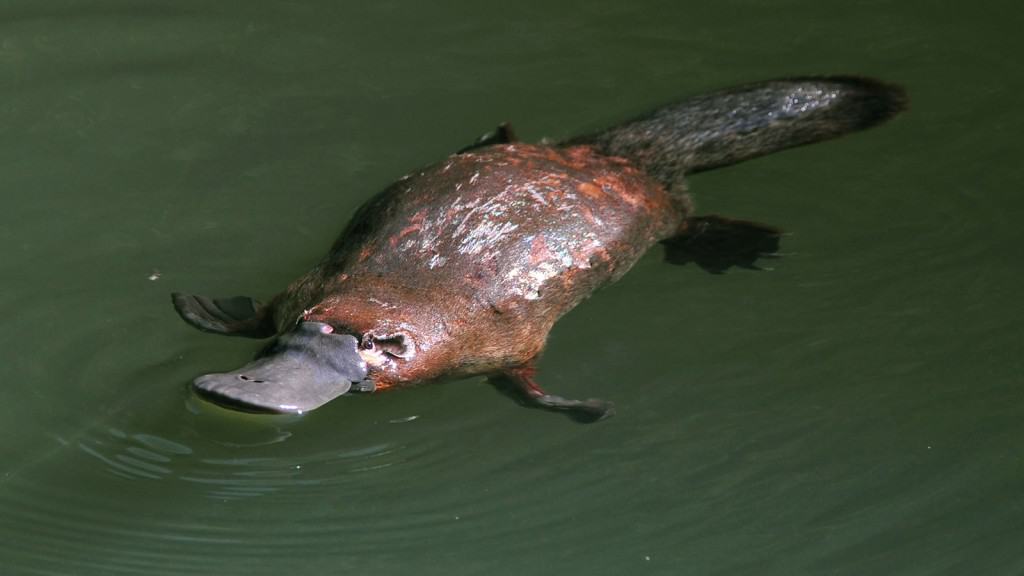
The Platypus was once thought to be a cryptid, but that quickly changed when scientists discovered the mammal in Australia. What makes the mammal so unique is the electrical bill, which they use to produce electrical fields when they move. This allows them to locate prey.
Echolocation

Bats are the biggest animal species known to use echolocation in order to hunt their prey and and move swiftly through the night. They use high pitch pulses and then determine the distance by waiting for the sound to return.
Infrared
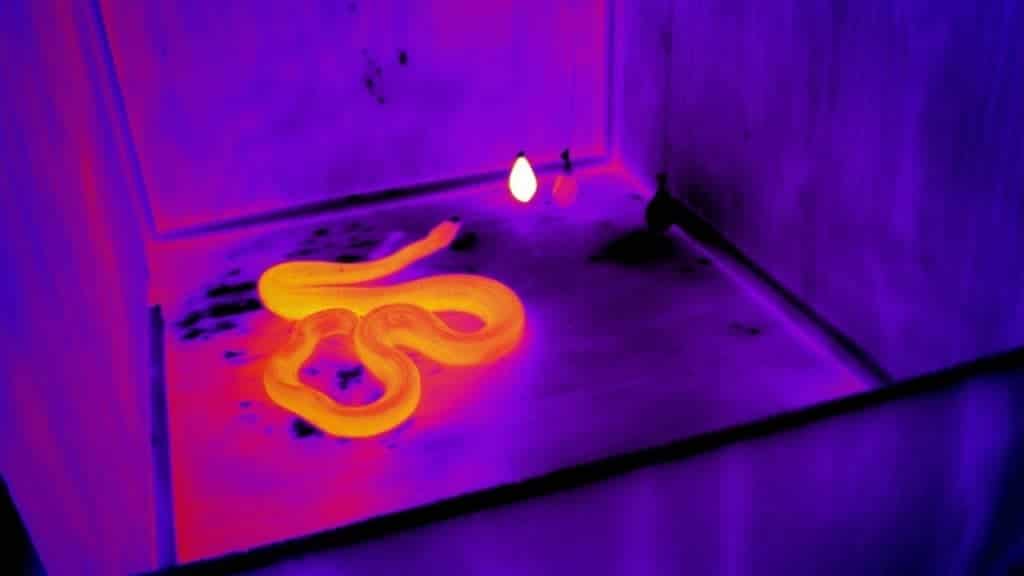
Infrared vision has always been a dream of young children everywhere. There are numerous species of snakes that are capable of using infrared to hunt down small mammals, such as mice. They use the vision to sense the thermal radiation a creature emits.
Ultraviolet

Flowers, believe it or not, use the ultraviolet spectrum in order to draw in bees for pollination. Bees see a wide range of color and light, including blue and green, which is very different from what we as human beings see in the world. They have cells capable of viewing ultraviolet light.
Magnetism
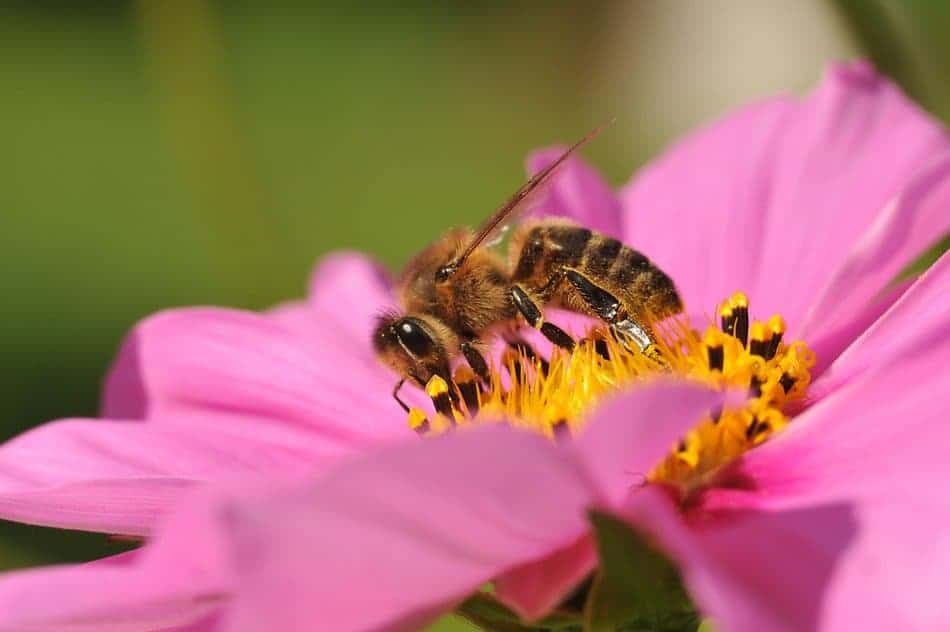
Bees also have a second sensory capability hidden away in their tiny bodies. They are capable of using magnetism to locate their bee hive once they have flown too far away. This allows them to find their own location, too.
Polarization
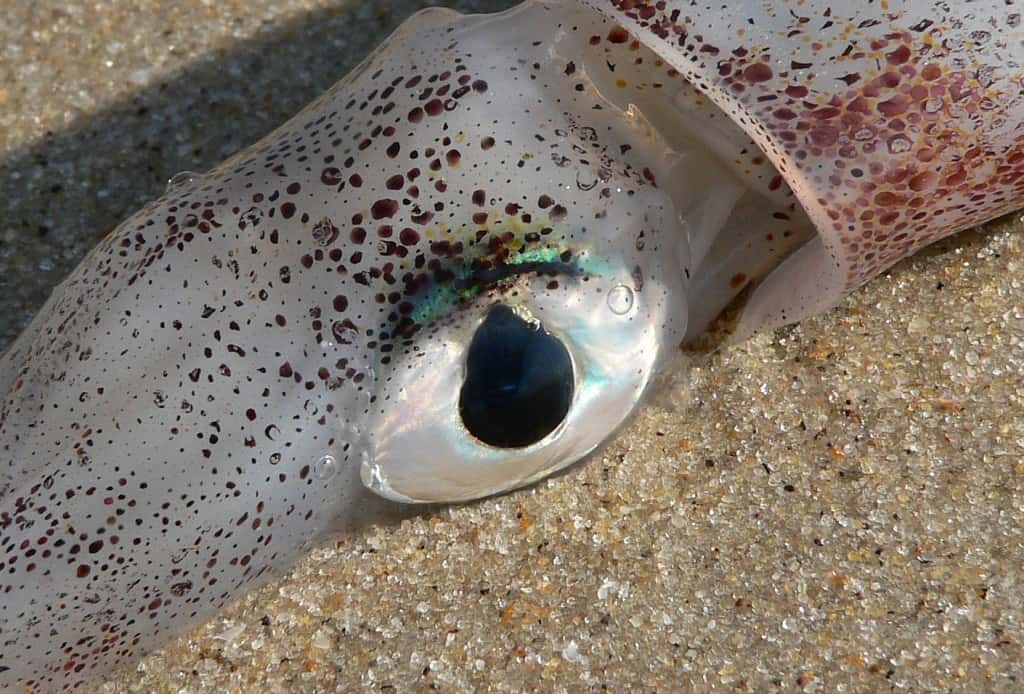
Humans are incapable of detecting any polarization from light without using technology to help. An octopus, however, can use their special cells in order to turn completely transparent while hunting. They can also use the changes in light to find prey.
Sensitive Armor

Human beings are capable of feeling the touch of almost anything anywhere on our body using touch sensitive cells. Spiders also have their own exoskeleton complete with sensitive armor and hair that allow them to detect nearby movement.
Tasteful
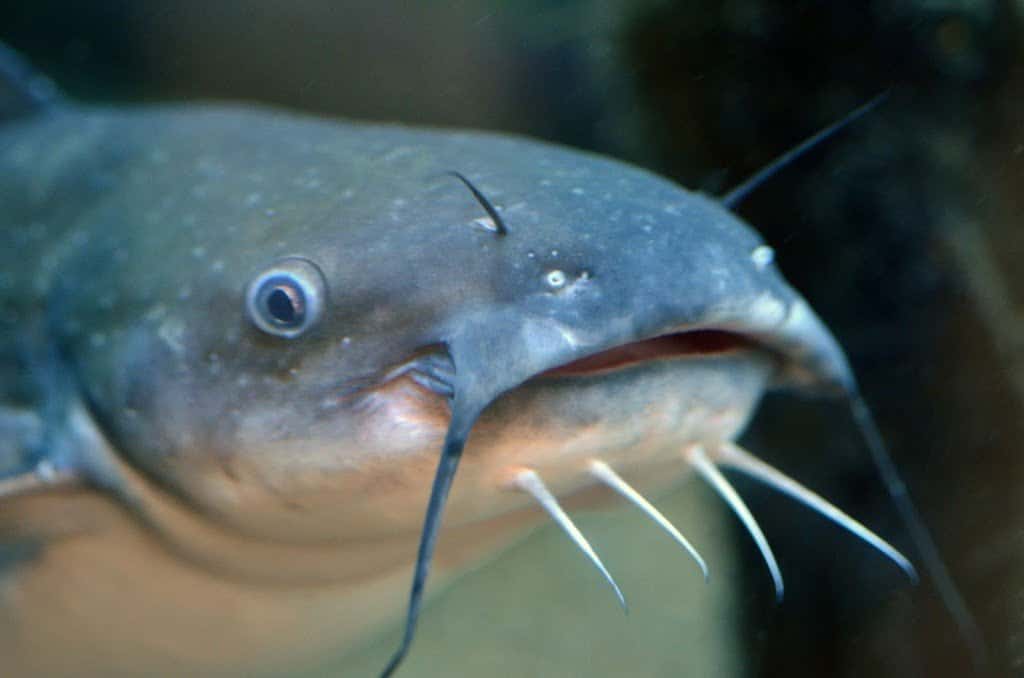
A lot of animals, including catfish, have their entire bodies covered in sensitive cells that they use for taste. Catfish use 175,000 of those cells in order to taste in every single direction throughout the water around them, allowing them to hunt for prey.
Blind Light
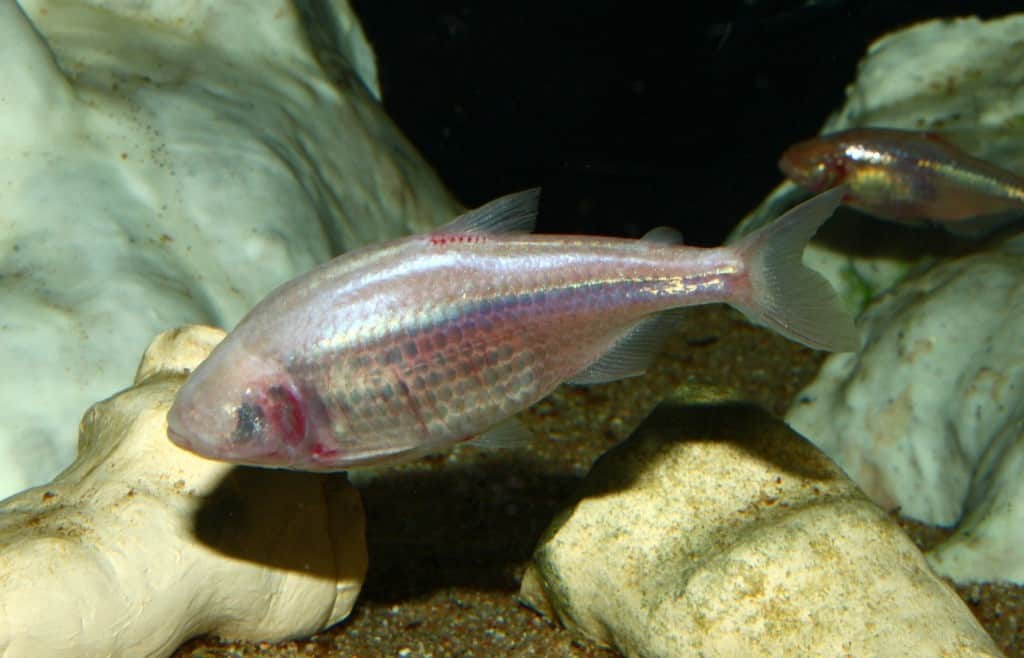
Astyanax mexicanus, a cave fish, has lost the sight in their eyes, but has already developed another way in order to sense prey and predators around them. Their pineal gland allows them to respond to light from another animal and run or fight.
Dot Matrix Eye
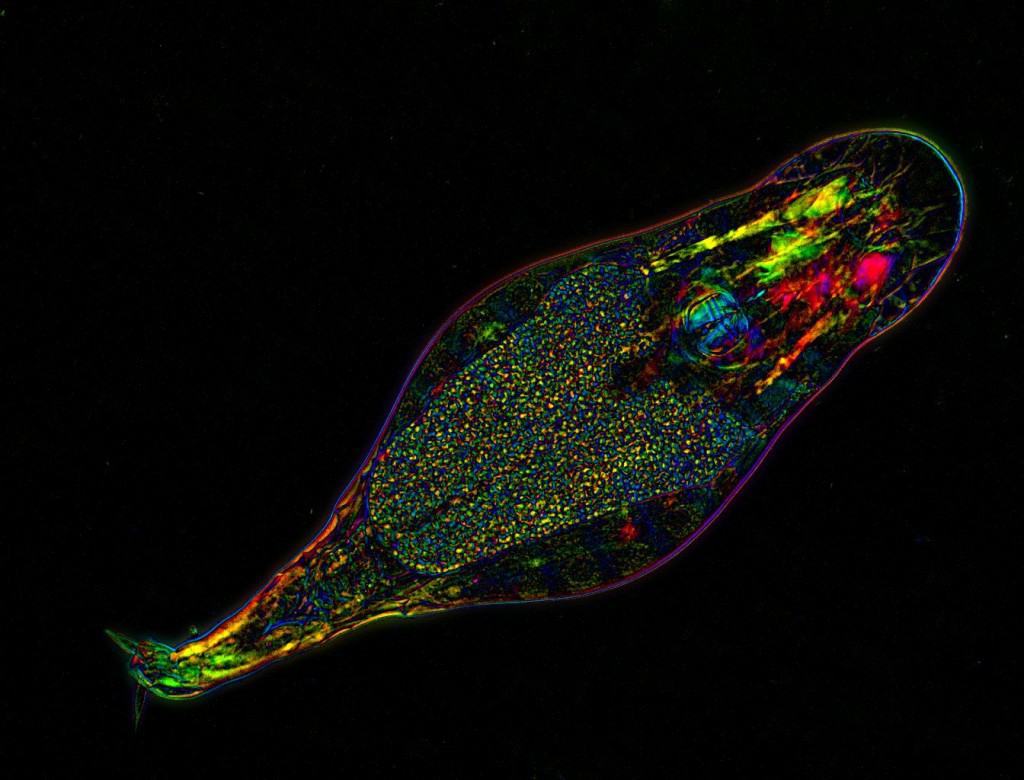
The Copilia quadrata, a type of crustacean, has a type of mobile sensitive spot known as a dot matrix eye that they use with their fixed lenses in order to spot movement around them. This measures the light levels in areas around their body.



